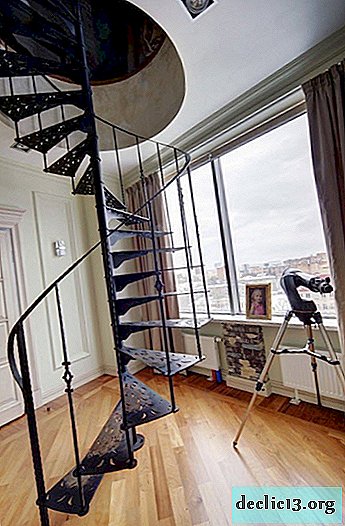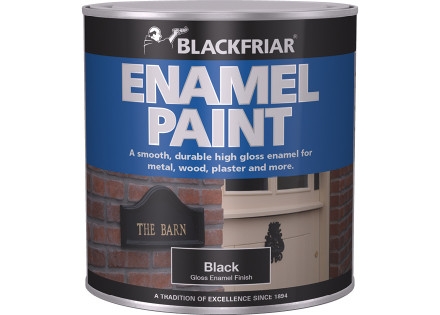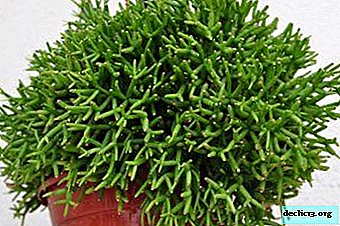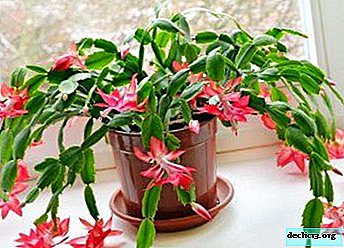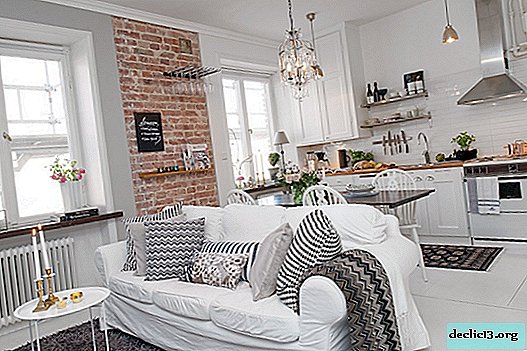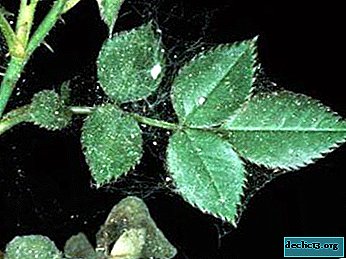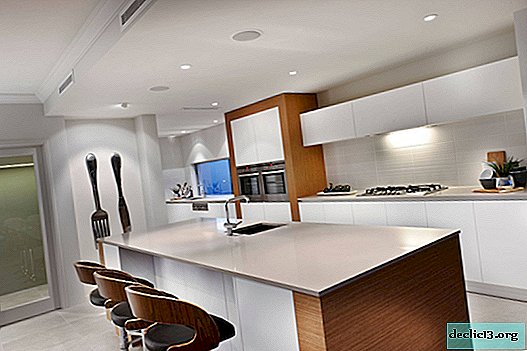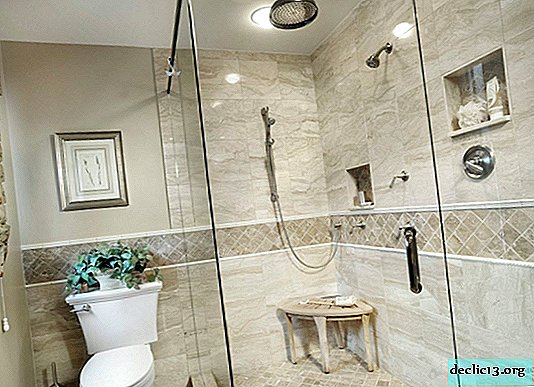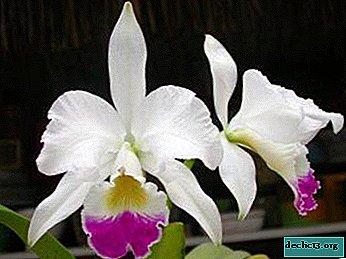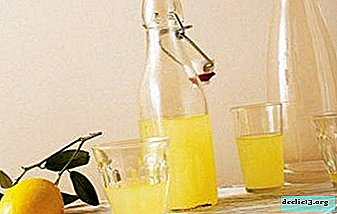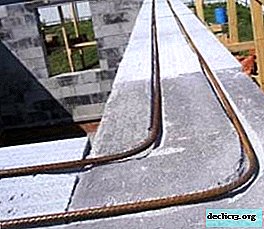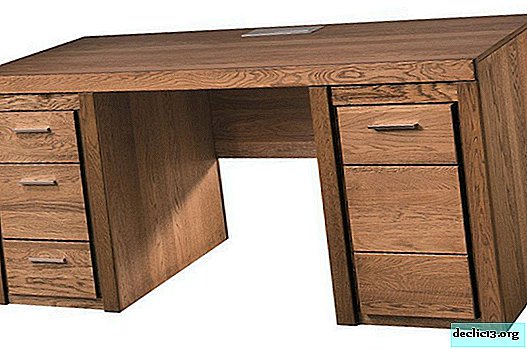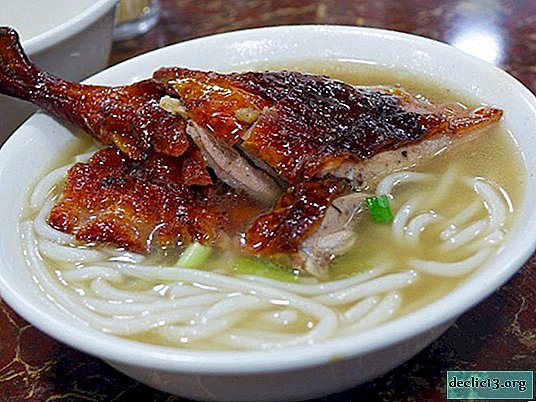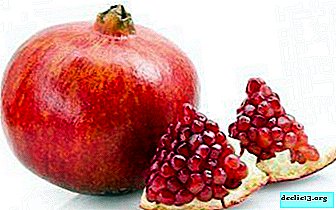All the most interesting about the succulent plant peperomy ferreira

Peperomia ferreira is a succulent plant, with unusual light green leaves. In care, it is unpretentious, so it is suitable for beginner gardeners.
Peperomia grows slowly, takes up little space. The shape of the bush can be formed, giving the appearance of a bonsai tree. In the article we will tell you about this interesting green inhabitant of window sills. We will give a botanical description, show a lot of photos of this plant, and also tell you various interesting and important facts for the florist.
Botanical Description
Peperomia ferreira (Peperomia ferreyrae) belongs to the family of pepper. Florists also call her Happy Beans. Refers to succulent epiphytes. In nature, peperomia can also be lithophyte, that is, grow in crevices of rocks.
This plant has unusual leaves of light green color, as if they are folded in half and look like a young pea pod. This form prevents the evaporation of moisture. The veins of the leaves are dark green. The stem of the peperomia of the ferreira is erect, leaves grow on it, forming a star, if viewed from above. At home, it grows a maximum of 30 cm in height. The length of the leaves reaches 7-8 cm.
Grows in nature in Central and South America in subtropical and tropical forests.
Photo
Below you can see a photo of the peperomy ferreira plant:



How to care for a plant at home?
- Temperature. This is a heat-loving plant, so if the house is cold in winter, it can ruin the flower. In spring and summer, the optimum temperature will be + 20-25 ° C. The plant also tolerates strong heat, but it is necessary to close it from direct sunlight and remove it from the red-hot window sill on the table during the afternoon sunshine.
- Wintering. It can overwinter only in a warm room; it cannot be carried out into a cool corridor or onto a balcony. The air temperature may be slightly lower than in summer - from +16 to 18 ° С. Peperomia also needs to be protected from drafts, which are especially fatal for it in winter and autumn.
Attention! A temperature below + 16 ° C is critical, the plant will begin to die quickly.
- Watering. In spring and summer, when there is active growth, you need to water often and plentifully. It is not necessary that the soil dries 100%, but it is still important to ensure that it is well dried before the next watering.
Watering can only be filtered with soft water. It is preheated slightly so that it is a couple of degrees warmer than the temperature in the room. This is especially important in winter. If there is no such water, you can use tap water that has been left standing for at least 24 hours and is slightly warmed up. Still, excessively hard water is not recommended; it can lead to plant diseases.
In autumn and winter, the frequency of irrigation is halved.
Peperomia tolerates drought better than excessive watering, which leads to rapid decay of the roots and death of the plant. If the leaves began to fall off, this indicates insufficient watering.
- Shine. This is a photophilous plant, it will feel best of all on the east or west window. In the south, there may be an excess of sunlight in the summer, so it is recommended to create a shadow with a curtain or paper. In summer, you can put it on a table, which is located near the window. In winter, especially in December with a short daylight, the plant needs to create artificial lighting by placing a lamp half a meter away.
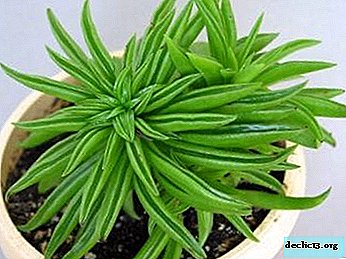 Priming. It should be nutritious, but loose and light. The best soil for peperromia is a mixture of sand, peat and humus in equal proportions. Heavy soil will block the access of oxygen to the roots, the plant will die from this.
Priming. It should be nutritious, but loose and light. The best soil for peperromia is a mixture of sand, peat and humus in equal proportions. Heavy soil will block the access of oxygen to the roots, the plant will die from this.- Top dressing. If you plant a plant in the soil with the above composition, it can perfectly do without fertilizing. But if the soil is non-nutritious, you need to fertilize with mineral mixtures. They can be bought in stores for flower growers, only special mixtures for the Pepper family are suitable. From March to the end of November, they feed twice a month, observing the dosage indicated on the package. In winter, they feed once a month.
- Pot. Peperomia ferreira has a small root system, so you need to choose a small shallow pot. Too spacious and deep the plant will be uncomfortable, it will lose its decorative properties. When transplanting, a new pot is selected with a diameter of only 2-3 cm larger than the previous one.
- Transfer.
- Prepare a new pot and soil, at the bottom it is imperative to make expanded clay drainage.
- Pepreromia from the old pot must be removed with a small lump of earth, the roots do not need to be completely shaken out.
- Transfer to a new pot and cover with soil.
- You can not deepen the base of the stem, it must be left above the surface.
- Water a little.
- Pruning.
- It is carried out only with the help of garden shears.
- From the top, gently pinch off the upper shoots.
- You can trim the side shoots, forming a compact bush shape.
- Cut off all wilted or damaged leaves.
Pruning is necessary so that the plant spends more energy on flowering and for the formation of a beautiful form of the bush.
Breeding
Cuttings

- Prepare the soil by mixing in equal proportions humus, peat and sand.
- Cut off a powerful lateral or upper shoot from peperomy, on which there is at least one node.
- Put it in water to let the roots out.
- After that, put in a pot.
- The temperature in the room should not be lower than + 20 ° С.
- Cuttings must be watered in a timely manner so that the earth does not dry out.
- It will take root in a month.
Seeds
- Prepare a mixture of sand and sheet soil in equal proportions.
- The best time for sowing is March or April.
- Seeds are sown in moist soil and covered with film or glass.
- At least twice a week, open the pot for ventilation and spray the soil with filtered water at room temperature.
- Shoots are transplanted into another pot when they have two leaves, at a distance of 2-3 cm from each other.
- The box with seedlings should be in a room with a temperature not lower than + 20 ° С.
- When the seedlings grow up, they are planted in separate pots with a diameter of 6-7 cm.
Dividing the bush
- If the peperomia has grown too much, it can be removed from the pot with the root; it is not necessary to clean it from the soil too thoroughly.
- The bush is divided into 2-3 parts manually, the knife can not be used.
- Bushes are planted in separate flowerpots in the soil, suitable for adult peperomia and watered.
Bloom
 Plant peperomia ferreira blooms in summer.
Plant peperomia ferreira blooms in summer.
Flowering looks very unusual and differs from peperomia flowers of other species.
Peduncles appear on the tips of the branches of peperomia.
From each peduncle of the ferreira peperomia small graceful inflorescences sproutwhose thickness is approximately 1.5 to 2 millimeters.
Diseases and Pests
- Falling foliage - hypothermia or lack of watering.
- Brown heel on the leaves - hypothermia or drafts.
- Leaves rot, blacken - excess watering.
- On ferromy of ferreira, ticks, mealybug, scale insects and nematodes can parasitize. They are fought with fungicides, then transplanted into new soil, previously calcined in the oven for an hour.
Similar plants
- Crassula is pursulose.
- Ragwort.
- Stonecrop.
- Haworthia.
- Hatiora.
Peperomia ferreira is an excellent houseplant for a small apartment, it does not take up much space, is unpretentious. If you follow all the rules of simple care, it will delight you with beauty and create coziness.

 Priming. It should be nutritious, but loose and light. The best soil for peperromia is a mixture of sand, peat and humus in equal proportions. Heavy soil will block the access of oxygen to the roots, the plant will die from this.
Priming. It should be nutritious, but loose and light. The best soil for peperromia is a mixture of sand, peat and humus in equal proportions. Heavy soil will block the access of oxygen to the roots, the plant will die from this.